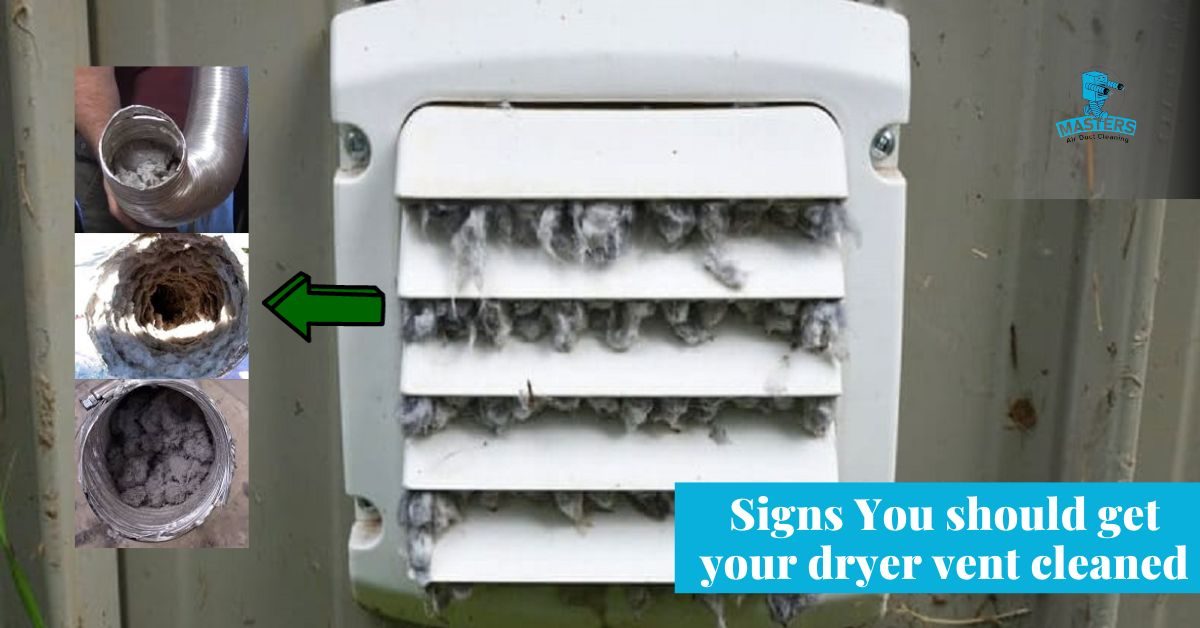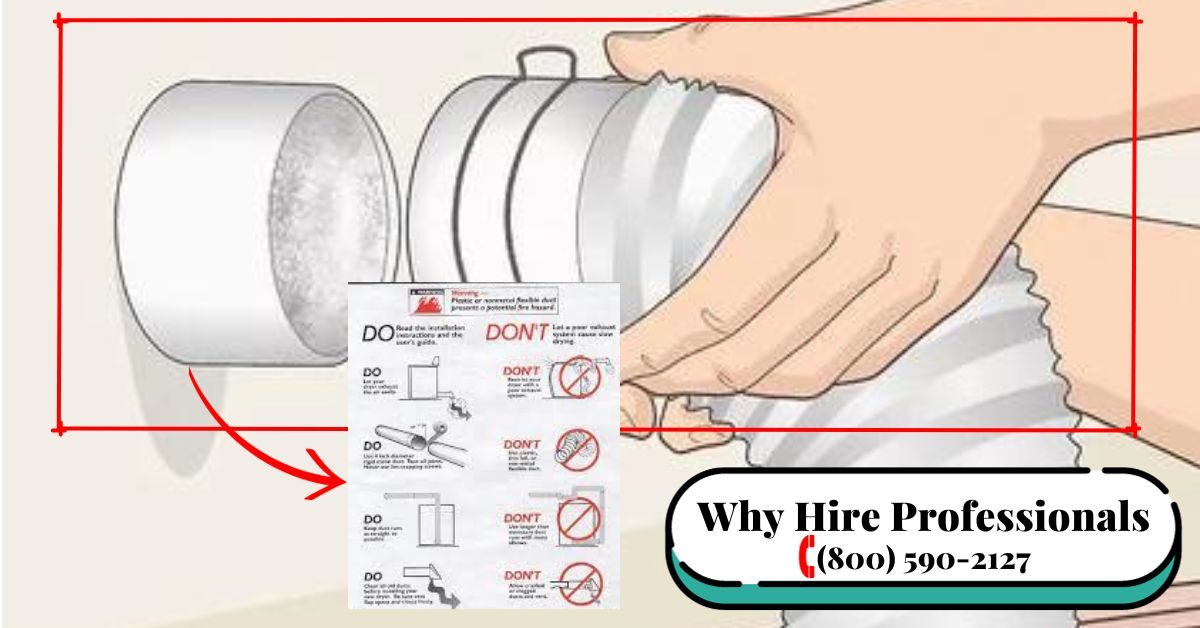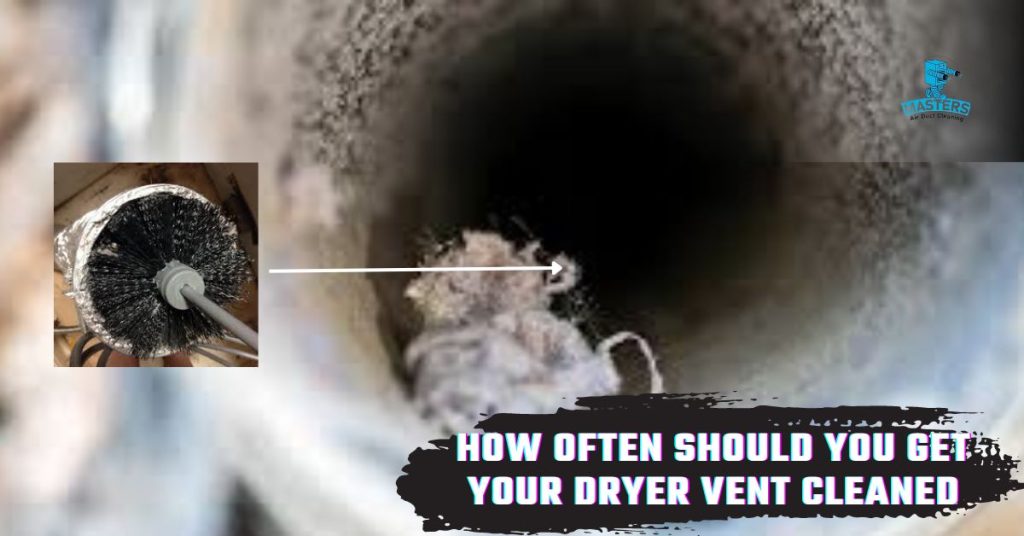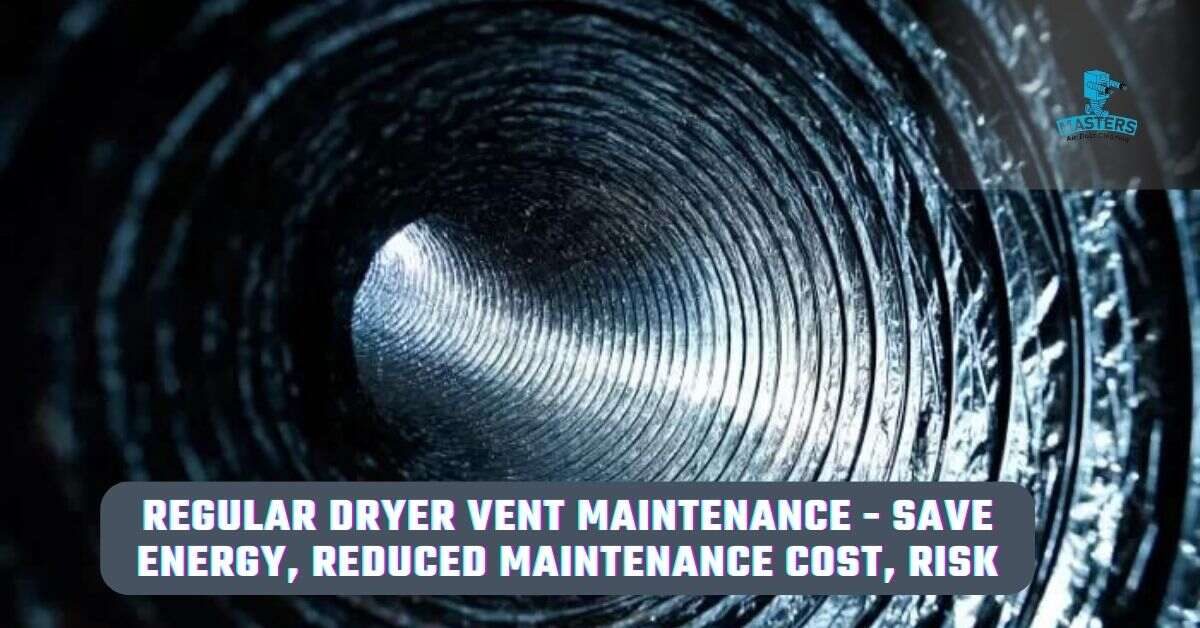How often should you get your dryer vent cleaned? This is a question that often resonates in households. The dryer vent might appear insignificant, but its regular maintenance can significantly impact both the dryer’s efficiency and household safety.
Understanding the Dryer Vent's Role
The primary function of the dryer vent is to expel the moist, hot air generated during the drying process. This ensures efficient drying and prevents the buildup of moisture which can lead to mold or mildew. When this vent gets clogged with lint or debris, it can impede airflow, causing several problems.
Blocked vents make dryers work harder, waste energy, and pose a significant fire risk due to lint’s highly flammable nature.
Signs You should get your dryer vent cleaned
If you’ve noticed that your clothes aren’t drying as quickly as they used to, it might not be a problem with the dryer itself. Instead, the vent could be clogged. Here are some signals what might hint at how often should dryer vents be cleaned:
Clothes taking longer to dry: A clear sign that the dryer isn’t venting properly.
Excessive heat: If the dryer is hotter than usual at the end of a cycle, it might be struggling due to a blocked vent.
Burning odor: Lint is flammable, and if you ever smell burning, stop the dryer immediately and inspect it.
External vent issues: If the external vent hood flap doesn’t open and close correctly or you spot lint accumulation around it, it’s time for a cleanup.

How Can I Tell If My Dryer Vent Is Clogged?
Beyond the signs mentioned above, there are other subtle indicators of a clogged vent:
Increased energy bills: A working-harder-than-normal dryer will consume more electricity.
Damp clothes: If clothes come out still damp after a full cycle, it could indicate reduced airflow.
Visible lint accumulation: Beyond the external vent, if you see lint building up in the drum or around the door, it’s a red flag.
How Often Should You Get Your Dryer Vent Cleaned?
It’s a common question, and while the answer can vary depending on usage, the general rule of thumb is at least once a year. However, there are factors that might require more frequent cleaning:
Family size: Larger families will likely use the dryer more often.
Presence of pets: Pet hair can contribute significantly to lint buildup.
Frequency of new clothing purchases: New clothes tend to shed more lint than older ones.
Type of fabrics dried: Towels and blankets produce more lint than, say, synthetic fabrics.
Detailed Steps on How To Clean A Dryer Vent
Tools and Supplies Needed
To effectively clean your dryer vent, you will require:
- A vacuum with a hose attachment.
- A dryer vent cleaning kit, available at most hardware stores.
- Screwdriver (usually Phillips) for accessing the vent.
- Protective gloves and mask to avoid inhaling lint.
Disconnect and Unplug The Dryer
Before you begin, always prioritize safety:
- Turn off and unplug the dryer from the electrical outlet.
- If it's a gas dryer, ensure the gas supply is turned off.
- Gently pull the dryer away from the wall to access the vent.
Vacuum The Duct
- Attach the hose extension to your vacuum.
- Carefully insert the hose into the vent to remove as much lint as possible.
- Vacuum around the dryer and the area where the vent connects to the machine.
Deep Cleaning with A Duct Kit
- Assemble the cleaning brush from your kit according to the instructions.
- Insert the brush into the vent, gently pushing it in and pulling it out to gather lint.
- Repeat the process until the brush comes out clean.
Addressing The Exterior
- Go outside to where the external vent is located.
- Ensure the vent flap moves freely and isn’t obstructed.
- Using the brush, gently clean the inside of the exterior vent.
From Inside or Out?
Both approaches are valid, but starting from the inside and moving towards the exterior ensures you push most of the lint outside. It’s also easier for homeowners as they might not have ladders to access vents on upper levels.
Special Techniques: Leaf Blower?
Using a leaf blower can be an efficient way to clean the dryer vent, especially for long vents that run through walls or ceilings. However, take care:
- Ensure the blower is clean and free from debris.
- With the dryer vent disconnected, insert the nozzle of the blower and turn it on.
- Lint and debris should be expelled from the outside vent.
- It's effective, but be sure to wear safety goggles and a mask, as it can create a significant lint cloud.
DIY or Professional Help?

Can I Clean A Dryer Vent Myself?
Certainly! Many homeowners opt for the DIY approach. With the right tools and following safety precautions, you can effectively clean the vent. However, for intricate systems, very long vents, or if you’re unsure, it might be best to call in professionals.
Benefits of Hiring Professionals
- Thorough cleaning using specialized equipment.
- They can inspect the vent for any damages or issues.
- Peace of mind knowing the job has been done comprehensively.
Frequency of Cleaning Different Parts
While the main vent should be cleaned at least annually, other components need more frequent attention:
Lint trap vent: This should be cleaned after every load. Regular cleaning helps in efficient drying and reduces the lint that reaches the main vent.
The Impacts of Neglecting Dryer Vent Cleaning
Beyond efficiency, there’s the safety aspect. Lint is flammable, and a clogged vent can lead to:
- Increased risk of a house fire.
- For gas dryers, a blocked vent can lead to carbon monoxide buildup, which is poisonous.
- Increased energy bills due to inefficiency.
Benefits of Regular Dryer Vent Maintenance
Energy Savings: A clean vent allows the dryer to work optimally, reducing drying times and saving on energy bills.
Reduced Maintenance Cost: Overheating due to blocked vents can lead to wear and tear on the dryer, necessitating costly repairs.
Safety: Regular maintenance significantly reduces the risk of dryer-related fires.
Tips to Maintain a Clean Dryer Vent
Check the vent flap outside: Ensure it opens during operation and closes properly when not in use.
Use metal ducts: Unlike plastic or foil ducts, metal is less likely to sag, reducing lint accumulation.
Regular inspections: Every few months, do a quick check to ensure there’s no visible lint buildup.
Conclusion
The question of how often should you get your dryer vent cleaned should now have a clearer answer. Regular maintenance of your dryer vent is a small task that yields significant benefits, from safety to savings. Whether you opt for a DIY approach or seek professional assistance, it’s a crucial aspect of home maintenance that shouldn’t be overlooked.



